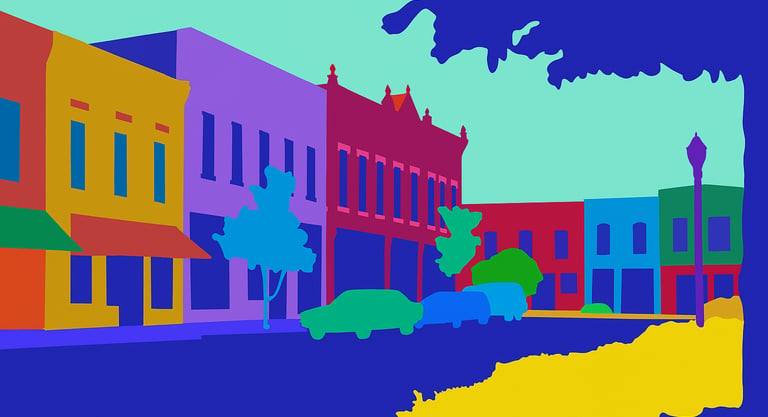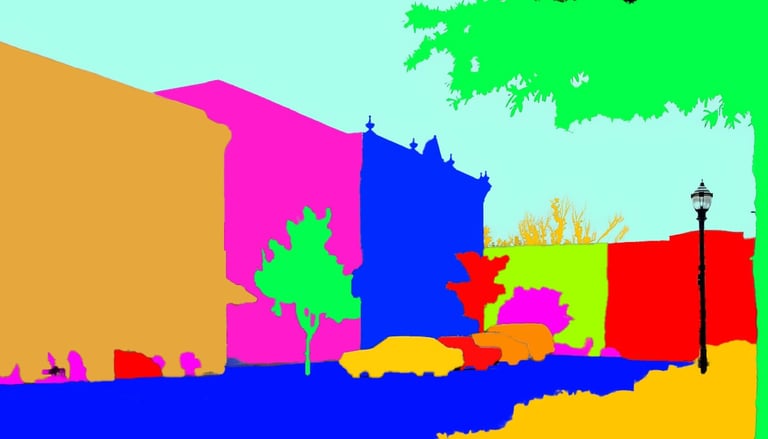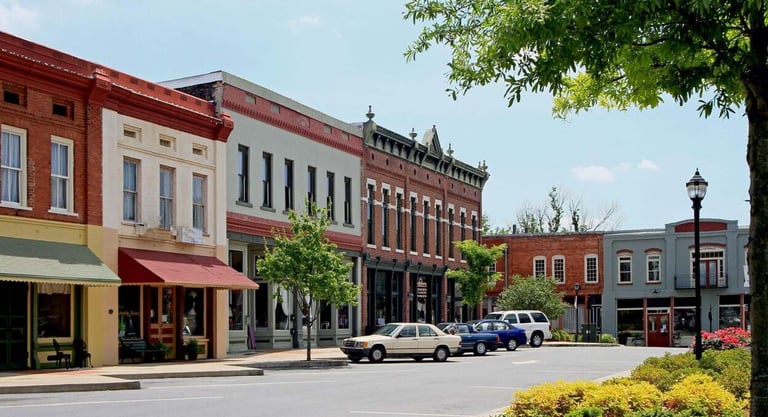Sora vs Photoshop AI: A Real Test for Building Detection and Masking
SPRING QUARTER 2025


Sora vs Photoshop AI: A Real Test for Building Detection and Masking
The Experiment Setup
I decided to test two popular AI systems for image segmentation: Sora with Make Sense AI and Photoshop's built-in AI tools. My goal was simple - see which one performs better when detecting and masking buildings in low-quality images.
Test Image: A low-quality building photo from Aurecon Group's website
Challenge: The image had poor resolution, visible pixels, and blurry details - perfect for testing AI capabilities.
Round 1: Testing Sora with Make Sense AI
What I Did:
Used Sora system combined with Make Sense Alpha
Applied mask segmentation to identify building structures
Analyzed the results for accuracy and detail
Sora's Performance:
Good: Successfully identified major building shapes
Good: Separated sky from buildings reasonably well
Excellent: Automatically detected small details like windows, tables, and furniture
Excellent: Found tiny objects that I hadn't even noticed in the original image
Limitation: Struggled with individual building separation
Limitation: Created some rough edges around complex structures
Overall Sora Result: Decent performance for general object detection, but lacked precision for architectural elements.
Round 2: Testing Photoshop's AI Tools
What I Used:
Object Selection Tool with Select Details feature
Cloud processing enabled for better accuracy
Remove Background tool for comparison
Photoshop's Performance:
Excellent: Incredibly precise building edge detection
Excellent: Successfully separated individual buildings
Excellent: Recognized architectural details like windows and facades
Excellent: Clean, professional-quality masks
Excellent: Handled complex overlapping structures perfectly
Overall Photoshop Result: Superior accuracy and professional-level precision.
Head-to-Head Comparison
Building Edge Detection
Sora: Acceptable but sometimes rough
Photoshop: Extremely precise, even with poor image quality
Winner: Photoshop
Individual Building Separation
Sora: Struggled to distinguish between adjacent buildings
Photoshop: Clearly separated each building structure
Winner: Photoshop
Architectural Detail Recognition
Sora: Missed fine details like windows and building features
Photoshop: Recognized and preserved architectural elements
Winner: Photoshop
Small Object Detection
Sora: Excellent at automatically finding tiny details like windows, furniture, and small objects
Photoshop: Requires manual selection for very small details, but gives precise control
Winner: Sora (for automatic detection), Photoshop (for precision control)
Mask Quality
Sora: Functional but required manual cleanup
Photoshop: Professional-quality masks ready for immediate use
Winner: Photoshop
Processing Speed
Sora: Moderate processing time
Photoshop: Very fast, especially with cloud processing
Winner: Photoshop
Why Each System Has Its Strengths
Sora's Advantages: Sora excels at automatic detection of small objects and details. It can find windows, furniture, small decorative elements, and even tiny objects that human eyes might miss. This makes it excellent for comprehensive scene analysis without manual intervention.
Photoshop's Advantages: While Photoshop may require manual selection for very small details, it provides superior control and precision. Once you select an area, the masking quality is professional-grade and the edge detection is extremely accurate.
The Trade-off:
Sora: Better for automatic comprehensive detection
Photoshop: Better for precise, controllable results
Why Photoshop Still Wins for Professional Work
Specialized Training: Photoshop's AI has been specifically trained on millions of architectural images, giving it superior understanding of building structures.
Advanced Algorithms: Adobe's Object Selection tool uses sophisticated edge detection algorithms designed for precise professional work.
Cloud Processing Power: When enabled, Photoshop uses powerful cloud-based AI that can handle complex architectural details better.
Continuous Updates: Adobe regularly improves their AI models based on real-world professional usage.
The Surprising Discovery
What I Expected: Both systems to perform similarly on this basic task.
What I Found: Each system has distinct strengths. Sora impressed me with its ability to automatically detect tiny details I hadn't even noticed - windows, small furniture, and decorative elements were identified without any manual input. However, Photoshop's precision for building edges and overall mask quality was significantly superior.
The Reality: It's not just about one being "better" - it's about different approaches to AI-powered image analysis.
Practical Implications
For Architects and Designers: Photoshop's superior building detection makes it the better choice for architectural visualization work.
For General Users: While Sora is excellent for many AI tasks, Photoshop remains the gold standard for precise image segmentation.
For Professional Work: The quality difference is significant enough to impact final results in professional projects.
Conclusion
This test revealed that specialized AI tools often outperform general-purpose systems in their specific domains. While Sora with Make Sense AI is impressive for general object detection, Photoshop's AI excels specifically at image editing tasks like building detection and masking.
The Takeaway: Choose your AI tools based on your specific needs. For precise image editing and architectural work, Photoshop's specialized AI currently leads the field.
My Recommendation:
Use Sora when you need comprehensive automatic detection of all image elements, including tiny details you might miss
Use Photoshop when you need professional-grade precision and control over your final results
For architectural work specifically, Photoshop's superior building detection and masking quality make it the better choice despite requiring more manual work for small details


Photoshop Masking
Sora Masking


